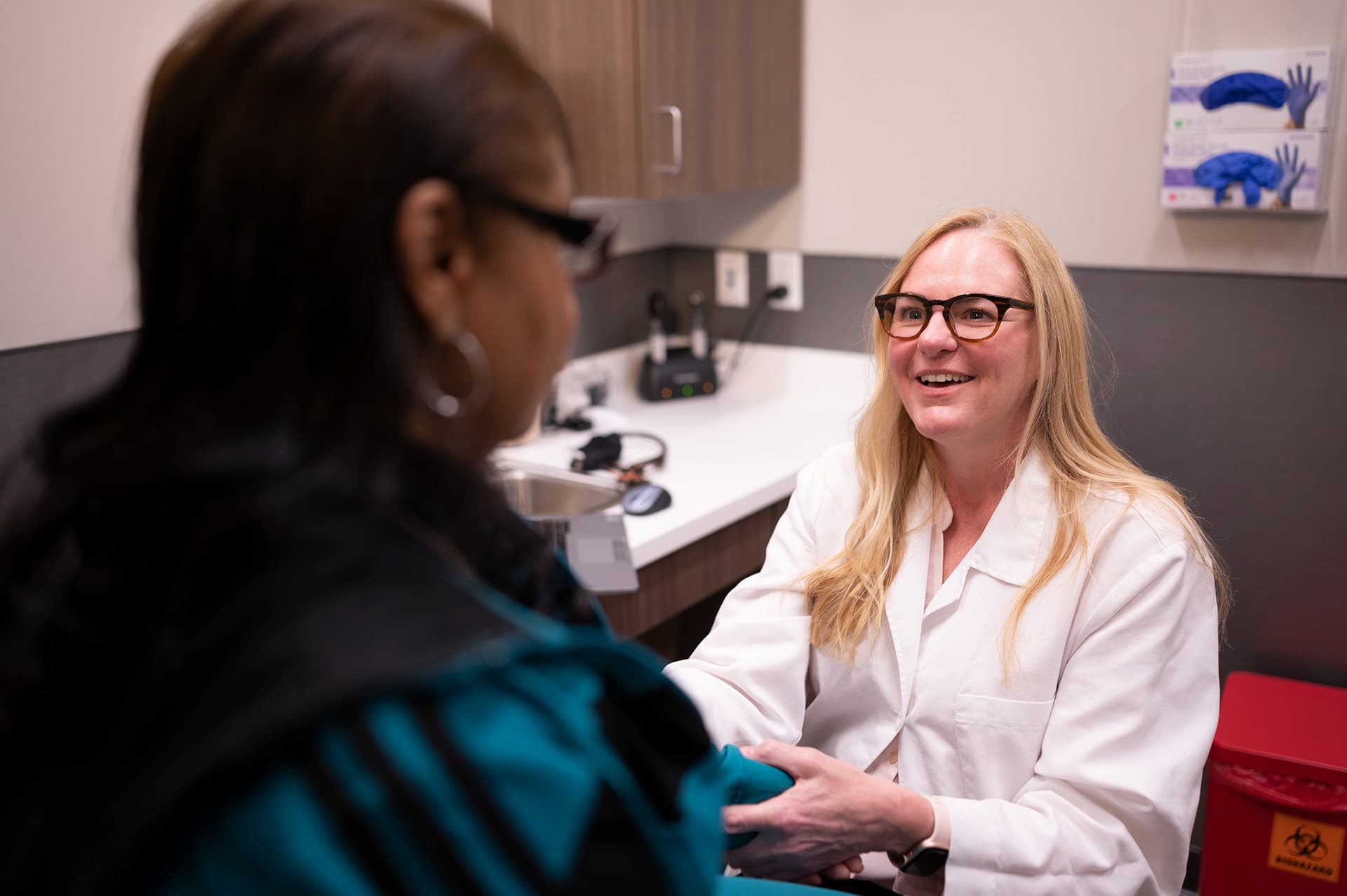The medical profession can be extremely rewarding, but it can also be extremely stressful, which is a leading factor in physician burnout. The numbers regarding burnout are alarming: According to a study published in Mayo Clinic Proceedings American Journal of Medicine, burnout affects almost 63% of physicians in practice and results in medical errors, lower quality of care, higher costs, and overall worse outcomes.
While both men and women experience this phenomenon, it appears to be more severe for female physicians, who tend to feel the effects faster than their male counterparts. In a 2017 survey, 48% of female doctors reported feeling burnt out, compared to 38% of male doctors. We’ll look at how men and women experience this condition differently and what can be done to address this growing problem.
What Causes Female Physicians to Burn Out Faster Than Men?
The root causes of burnout are often different for female physicians, as they frequently face discrimination as well as a pay gap.
Gender discrimination
In a 2017 survey, 70% of female physicians reported experiencing gender discrimination at work.
Additional parental and household duties
Women often handle more household duties than men. This was especially true during the first two years of the COVID pandemic, when female physicians took on more family responsibilities, such as supervising their children’s remote learning.
Harsh working environment
In general, women are less likely to have a supportive working environment and a manageable workload.
Pay discrepancies
While the pay gap between male and female physicians is improving, men still typically earn 25% more than their female colleagues.
Symptoms of Physician Burnout
As defined by the Maslach Burnout Inventory, the three classic signs and symptoms of physician burnout are emotional exhaustion, depersonalization, and reduced accomplishment.
Emotional exhaustion can occur when a doctor is worn out after a day at their practice, hospital rounds or being on call and is unable to bounce back, even with time off. This can lead to a prolonged lack of energy.
Depersonalization often presents as a doctor’s callous or detached response to job duties and patients. Burned-out doctors may feel less compassionate toward their patients or complain about them.
When a doctor begins to question if what they do really matters, it can lead to reduced accomplishment and can impact the quality of care they provide.
Differences Between Male vs. Female Physician Burnout
Female doctors are not only at a higher risk for burnout, but they also experience symptoms differently. For women, early warning signs may include exhaustion and an inability to recharge, followed by resentment toward patients and clients. Men, on the other hand, may first experience cynicism and depersonalization, followed by exhaustion and flagging energy.
How Female Physicians Experience Burnout
Women tend to experience the classic signs of burnout, outlined by MBI, in this order:
Emotional exhaustion
Providing support for others both at home and at work – especially while juggling a demanding caseload – can leave women feeling overwhelmed. Female physicians also spend significantly more time than their male counterparts working in electronic health record (EHR) systems, a well-known source of frustration for physicians.
Depersonalization and cynicism
Exhaustion can spur this dysfunctional coping mechanism during which the physician feels detached from their work and patients.
Reduced accomplishment
Cynicism quickly leads to a doctor doubting the quality of their efforts and questioning if what they do makes a difference in their patients’ lives.
How Male Physicians Experience Burnout
In general, men experience the symptoms of burnout differently. Usually they present in this order:
Depersonalization
Becoming detached, cynical or hostile serves as a coping mechanism for overwhelming stress. Yet it ultimately provides only temporary relief.
Emotional exhaustion
Stress leads to feeling overwhelmed and unable to cope.
Reduced accomplishment
Compared to female physicians, male physicians are much less likely to feel that symptoms of the first two stages affect the quality of care they provide. This leads to cynical and exhausted doctors, functioning in a state of denial, forging ahead despite burnout.
How Female Physicians Can Avoid Burnout
Although burnout can be easy to spot, it can be much harder to avoid, especially for female physicians who generally have greater demands at home and at work. Recognizing when stress and a round-the-clock schedule become unsustainable is an important first step in preventing burnout. While taking individual steps to recharge and rebalance can be helpful, they don’t address the larger structural issues that make medicine a more difficult field for women.
A report for the National Academy of Medicine tackled this subject and recommended substantial changes in leadership and culture.
First, by addressing disparities in pay and opportunities and working to eliminate discrimination and harassment, leaders can make the workplace culture in medicine more woman-friendly.
Second, promoting career development and mentorship programs can positively address female physicians’ professional needs, while organizational wellness programs can be instrumental in promoting self-care and stress reduction.
Finally, health care organizations need to do a better job of recognizing burnout, paying special attention to female physicians and intervening when necessary.
Addressing Female Physician Burnout with the Value-Based Care Model
Under the traditional fee-for-service model which rewards volume, lack of control over how much time physicians get to spend with patients, as well as burdensome administrative tasks, contribute to burnout. Value-based care is a solution that could reverse this trend. It enhances a physician’s work environment, giving them more time to work with patients and providing them more job satisfaction.
The agilon Total Care Model was created by physicians for physicians to improve outcomes, reduce costs, and help primary care providers thrive. Learn more about how the agilon support network of like-minded physicians can help ease stress and provide ideas and feedback for how to lessen time-consuming demands and avoid factors that can lead to burnout.
Contact for media enquiries
[email protected]Up Next.

Blog Feb 22, 2023
Strategies to Transition from Fee-for-Service to Full-Risk Value-Based Care
Everyday health care practices are transitioning from fee-for-service to value-based care. Learn strategies and how to implement full-risk value-based care with agilon health.




